Last reviewed for CDC updates on 4/8/2020. This interim guidance is based on what is currently known about the Coronavirus Disease 2019 (COVID-19). COVID-19 is caused by a new virus, and there is much to learn about its transmissibility, severity, and other features of the disease. The Centers for Disease Control and Prevention (CDC) will update this interim guidance as needed and as additional information becomes available.
We should all be prepared for the possibility of a COVID-19 outbreak in our communities. Fortunately, we can take measures to help reduce the spread of COVID-19. Everyone has a role to play in getting ready and staying healthy.
Currently a vaccine is not available for COVID-19. Community-based interventions such as school dismissals, event cancellations, social distancing, and creating employee plans to work remotely can help slow the spread of COVID-19. Individuals can practice everyday prevention measures like frequent hand washing, staying home when sick, and covering coughs and sneezes.
A COVID-19 outbreak could last for a long time. Depending on the severity of the outbreak, public health officials may recommend community actions designed to help keep people healthy, reduce exposures to COVID-19, and slow the spread of the disease. Local public health officials may make specific recommendations for your local situation.
Creating a household plan can help protect your health and the health of those you care about in the event of a local outbreak. You should base the details of your household plan on the needs and daily routine of your household members.
How to prepare for COVID-19 At Home:
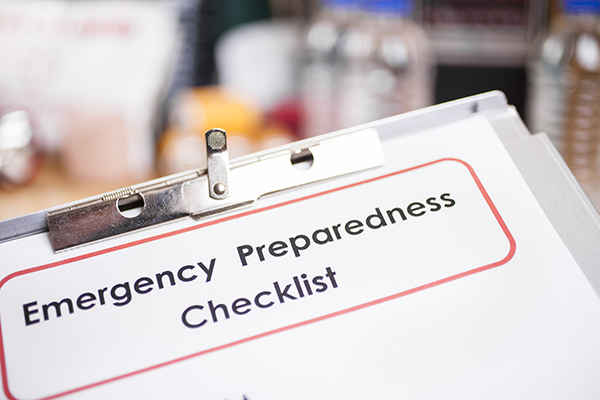 Create a household plan of action
Create a household plan of action
- Plan ways to care for those who might be at greater risk for serious complications. There is limited information about who may be at risk for severe complications from COVID-19 illness. From the data currently available for COVID-19 patients, and from data for related coronaviruses such as SARS-CoV and MERS-CoV, it is possible that older adults and persons who have underlying chronic medical conditions may be at risk for more serious complications. Early data suggest older people are more likely to have serious COVID-19 illness. If you or your household members are at increased risk for COVID-19 complications, please consult with your health care provider for more information about monitoring your health for symptoms suggestive of COVID-19. CDC will recommend actions to help keep people at high risk for complications healthy if a COVID-19 outbreak occurs in your community.
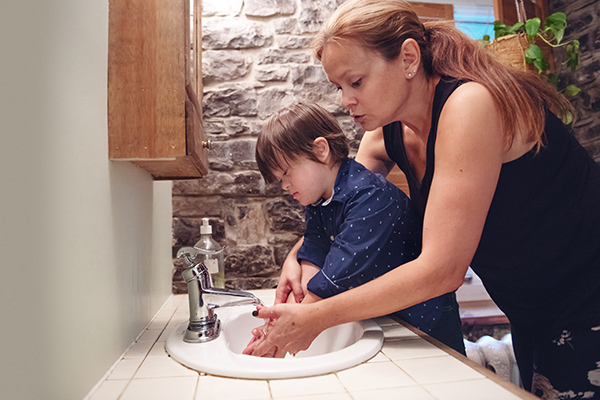
Practice good personal health habits and plan for home-based actions
-
- Avoid close contact with people who are sick.
- Stay home when you are sick, except to get medical care.
- Cover your coughs and sneezes with a tissue.
- Clean frequently touched surfaces and objects daily (e.g., tables, countertops, light switches, doorknobs, and cabinet handles) using a regular household detergent and water.
- If surfaces are dirty, they should be cleaned using a detergent and water prior to disinfection. For disinfection, a list of products with Environmental Protection Agency (EPA)-approved emerging viral pathogens claims, maintained by the American Chemistry Council Center for Biocide Chemistries (CBC), is available at Novel Coronavirus (COVID-19) Fighting Products. Always follow the manufacturer’s instructions for all cleaning and disinfection products.
- Wash your hands often with soap and water for at least 20 seconds, especially after going to the bathroom; before eating; and after blowing your nose, coughing, or sneezing. If soap and water are not readily available, use a hand sanitizer that contains at least 60% alcohol. Always wash your hands with soap and water if your hands are visibly dirty.

Be prepared if your child’s school or childcare facility is temporarily dismissed
Plan for potential changes at your workplace
During a COVID-19 outbreak in your community: Act
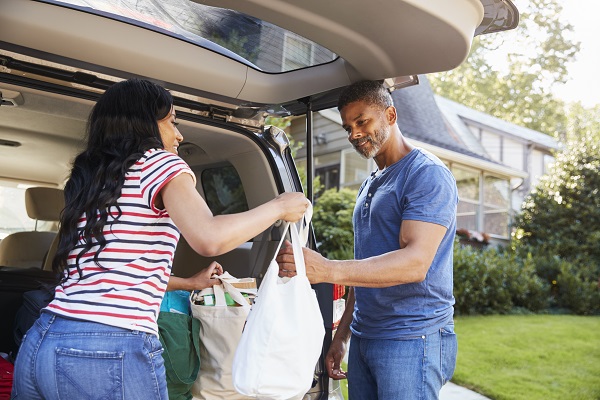
During an outbreak in your community, protect yourself and others by:
- Staying home from work, school, and all activities when you are sick with COVID-19 symptoms, which may include fever, cough, and difficulty breathing.
- Keeping away from others who are sick.
- Limiting close contact with others as much as possible (about 6 feet).
Put your household plan into action
- Take care of the emotional health of your household members. Outbreaks can be stressful for adults and children. Children respond differently to stressful situations than adults. Talk with your children about the outbreak, try to stay calm, and reassure them that they are safe.

Inform your workplace if you need to change your regular work schedule
Take the following steps to help protect your children during an outbreak
After a COVID-19 outbreak has ended in your community: Follow Up
Remember, a COVID-19 outbreak could last a long time. The impact on individuals, households, and communities might be great. When public health officials determine the outbreak has ended in your community, take time to improve your household’s plan. As public health officials continue to plan for COVID-19 and other disease outbreaks, you and your household also have an important role to play in ongoing planning efforts.
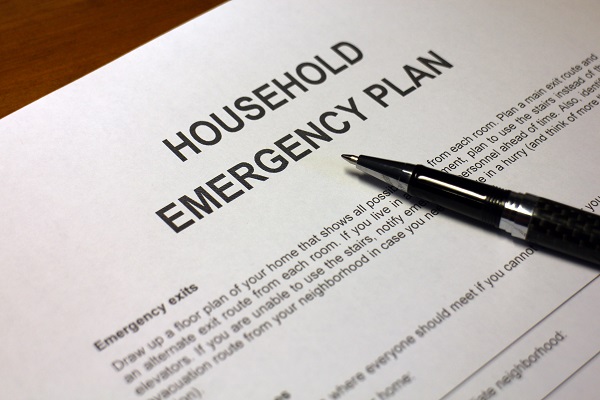 Evaluate the effectiveness of your household’s plan of action
Evaluate the effectiveness of your household’s plan of action
Sources:
- https://www.cdc.gov/coronavirus/2019-ncov/community/get-your-household-ready-for-COVID-19.html
- https://www.cdc.gov/coronavirus/2019-ncov/about/index.html
COVID-19 Readiness Resources:
- Visit cdc.gov/COVID19 for the latest information and resources
- COVID 2019 Situation Summary
- Prevention and Treatment
- What to Do If You Are Sick
- Pregnant Women and COVID FAQs
- Stigma Related to COVID-19
- Handwashing: A Family Activity
- Handwashing: Clean Hands Save Lives
CDC Interim Guidance for Specific Audiences:
- Interim Guidance for Administrators of US Childcare Programs and K-12 Schools to Plan, Prepare, and Respond to Coronavirus Disease 2019 (COVID-19)
- Interim Guidance for Businesses and Employers to Plan and Respond to Coronavirus Disease 2019 (COVID-19)





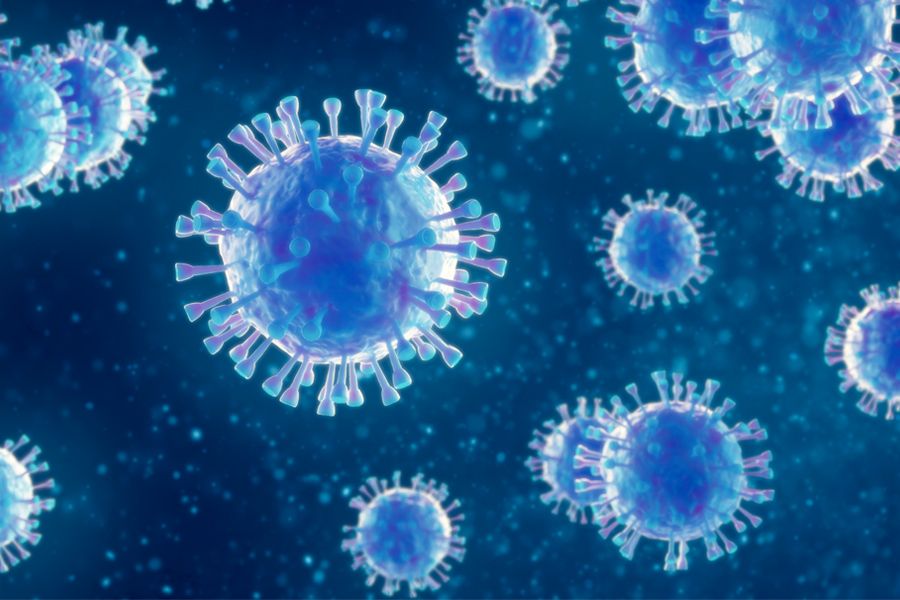




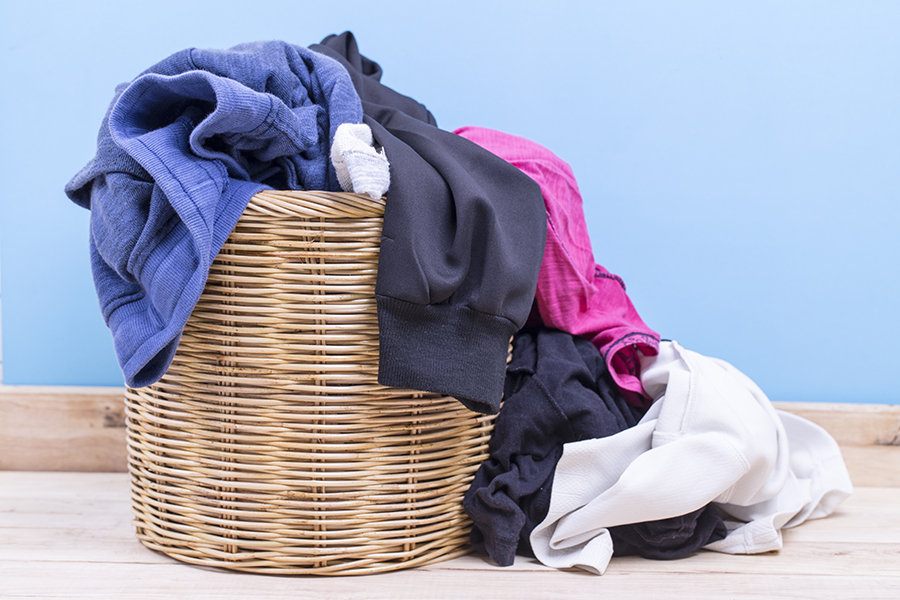
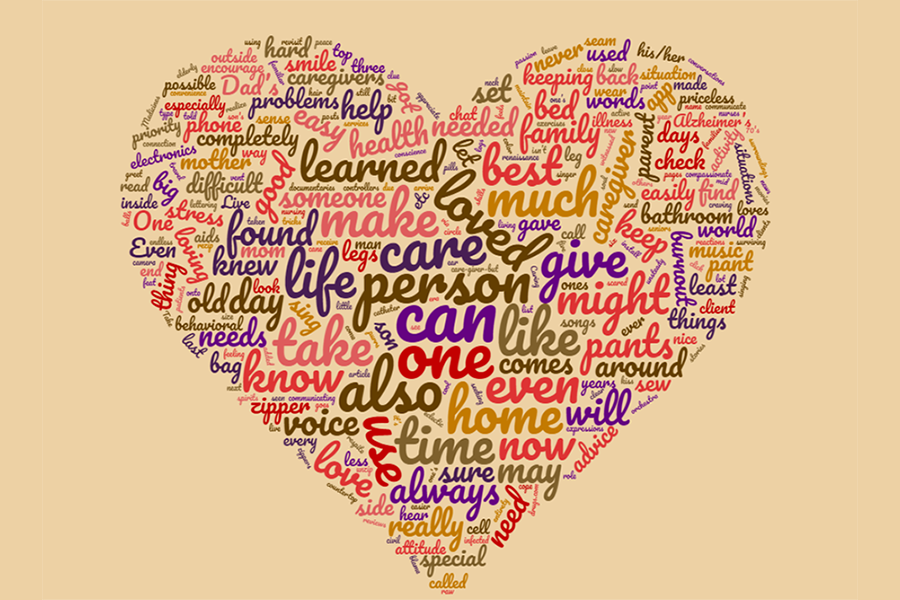
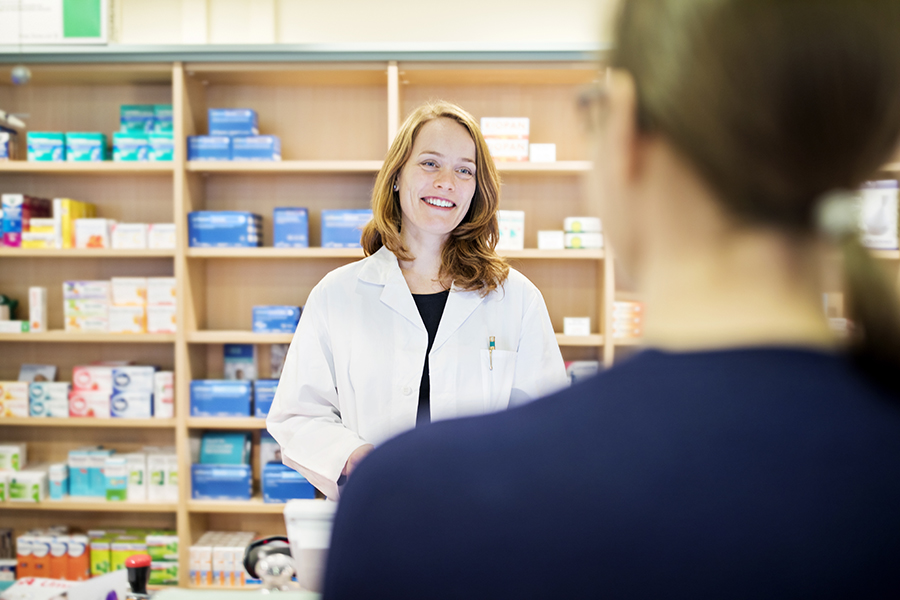


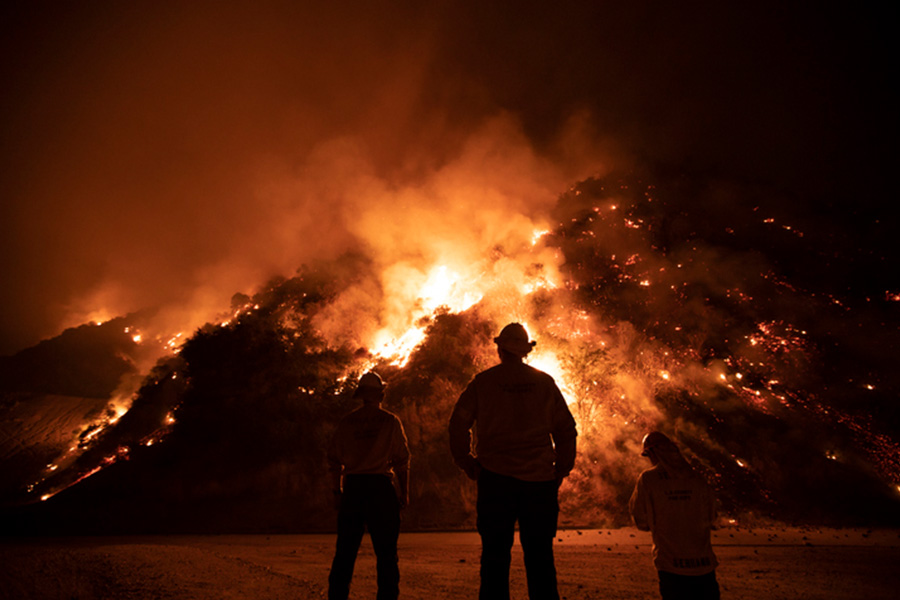

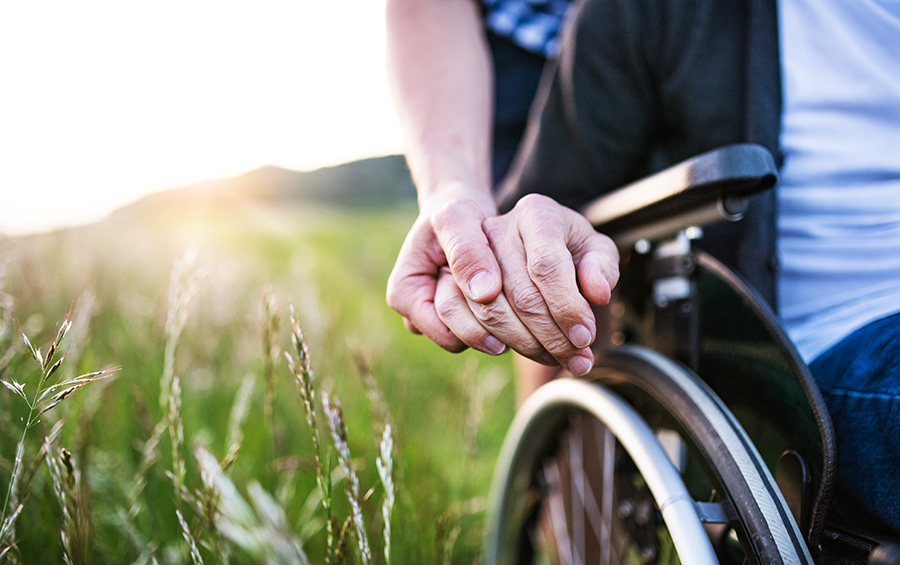


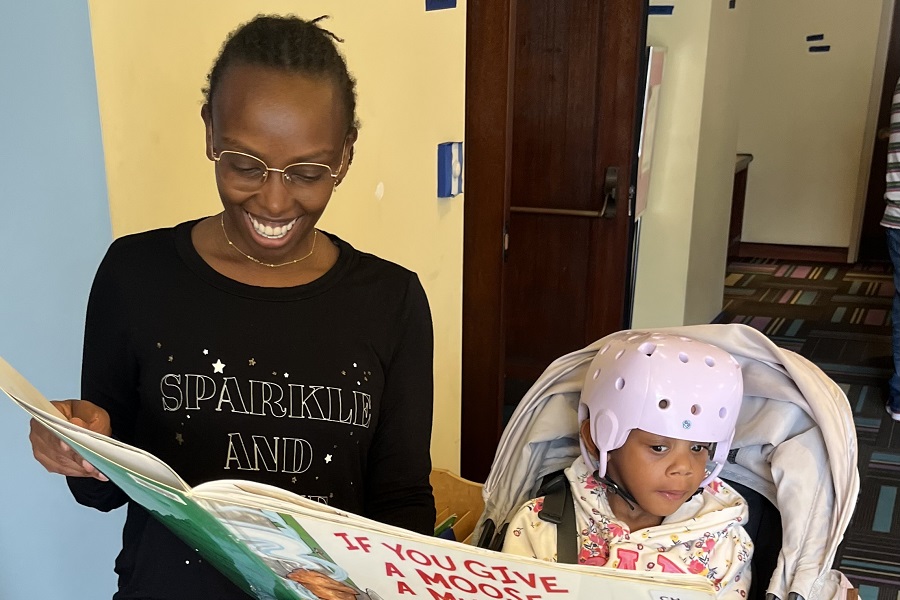


Thank you for posting all the safety measures we can use to make our homes more safe. When I started all this cleaning daily, I had not even considered light switches